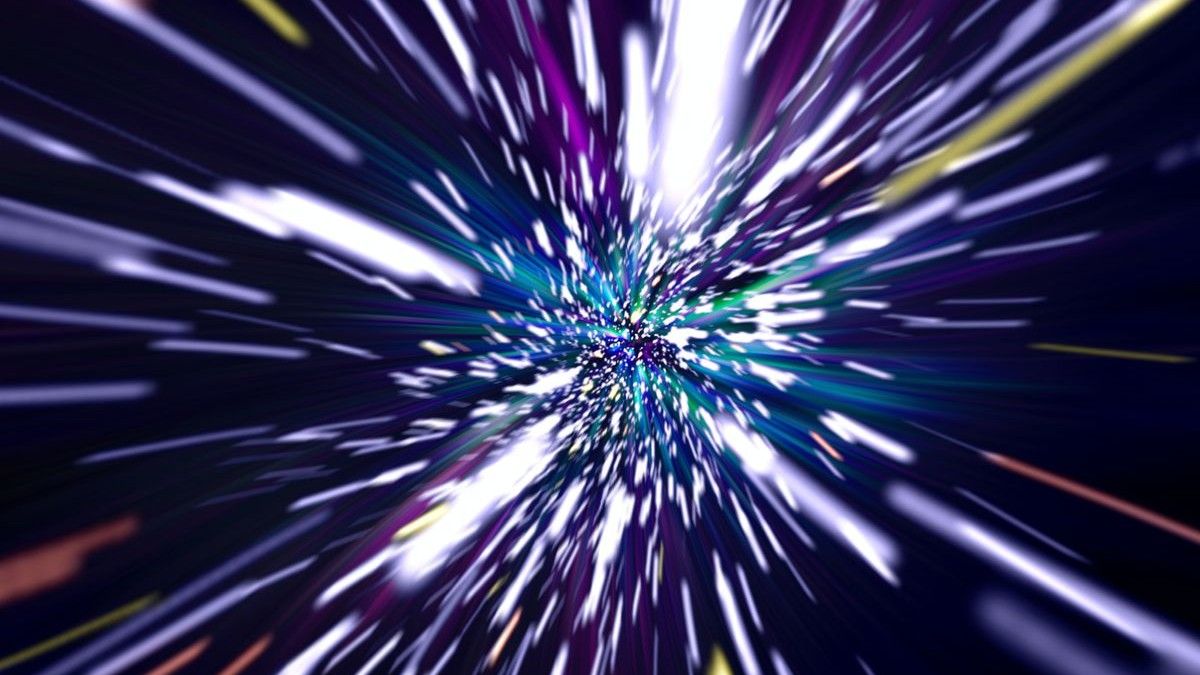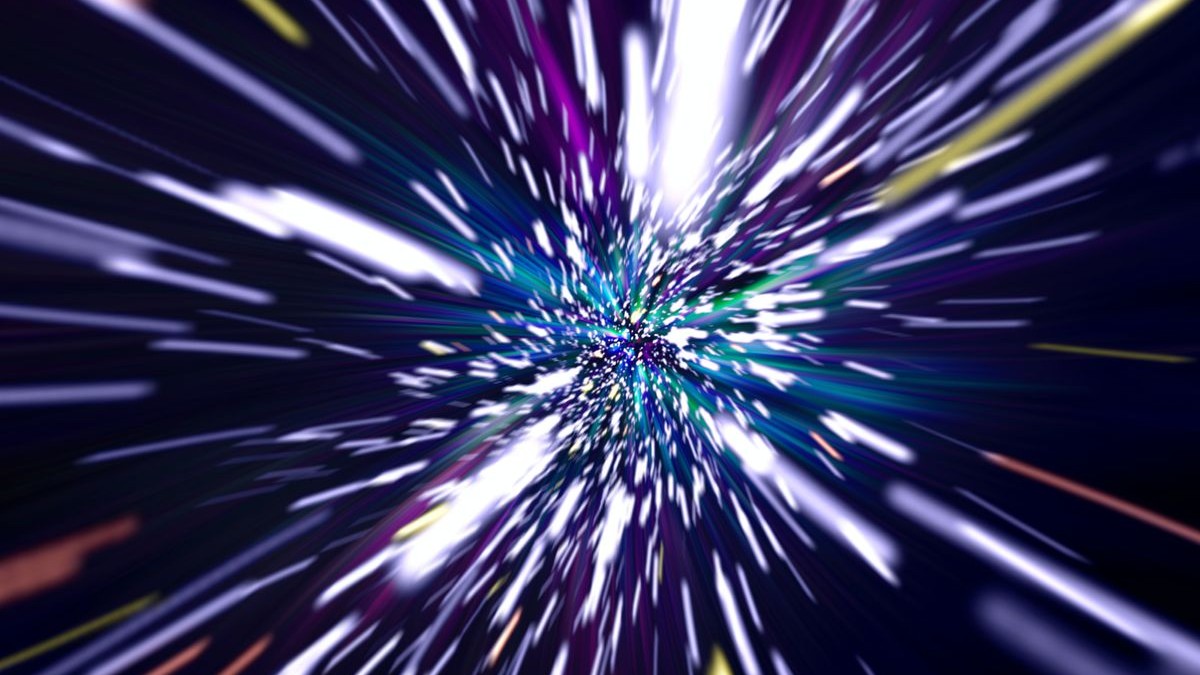
'Warp drives' may actually be possible someday, new study suggests
"By demonstrating a first-of-its-kind model, we've shown that warp drives might not be relegated to science fiction."
'Warp drives' may actually be possible someday, new study suggests
NewsBy Mike Wall
published yesterday
"By demonstrating a first-of-its-kind model, we've shown that warp drives might not be relegated to science fiction."

Artist's conception of what moving at the speed of light might look like. (Image credit: Shutterstock)
A new study provides some theoretical underpinning to warp drives, suggesting that the superfast propulsion tech may not forever elude humanity.
Sci-fi fans — especially " Star Trek" devotees — are familiar with warp drives. These hypothetical engines manipulate the fabric of space-time itself, compressing the stuff in front of a spaceship and expanding it behind. This creates a "warp bubble" that allows a craft to travel at incredible velocities — in some imaginings, many times faster than the speed of light.
In 1994, Mexican physicist Miguel Alcubierre published a groundbreaking paper that laid out how a real-life warp drive could work. This exciting development came with a major caveat, however: The proposed "Alcubierre drive" required negative energy, an exotic substance that may or may not exist (or, perhaps, the harnessing of dark energy, the mysterious force that seems to be causing the universe's accelerated expansion).
Related: Warp drive and 'Star Trek': The physics of future space travel
Alcubierre published his idea in Classical and Quantum Gravity. Now, a new paper in the same journal suggests that a warp drive may not require exotic negative energy after all.
"This study changes the conversation about warp drives," lead author Jared Fuchs, of the University of Alabama, Huntsville and the research think tank Applied Physics, said in a statement. "By demonstrating a first-of-its-kind model, we've shown that warp drives might not be relegated to science fiction."
The team's model uses "a sophisticated blend of traditional and novel gravitational techniques to create a warp bubble that can transport objects at high speeds within the bounds of known physics," according to the statement.
Understanding that model is probably beyond most of us; the paper's abstract, for example, says that the solution "involves combining a stable matter shell with a shift vector distribution that closely matches well-known warp drive solutions such as the Alcubierre metric."
The proposed engine could not achieve faster-than-light travel, though it could come close; the statement mentions "high but subluminal speeds."
This is a single modeling study, so don't get too excited. Even if other research teams confirm that the math reported in the new study checks out, we're still very far from being able to build an actual warp drive.
Fuchs and his team admit as much, stressing that their work could end up being a stepping stone on the long road to efficient interstellar flight.
"While we're not yet preparing for interstellar voyages, this research heralds a new era of possibilities," Gianni Martire, CEO of Applied Physics, said in the same statement. "We're continuing to make steady progress as humanity embarks on the Warp Age."
The team's study was published online on April 29. You can find it here, though all but the abstract is behind a paywall; a free preprint version is available via arXiv.org.
